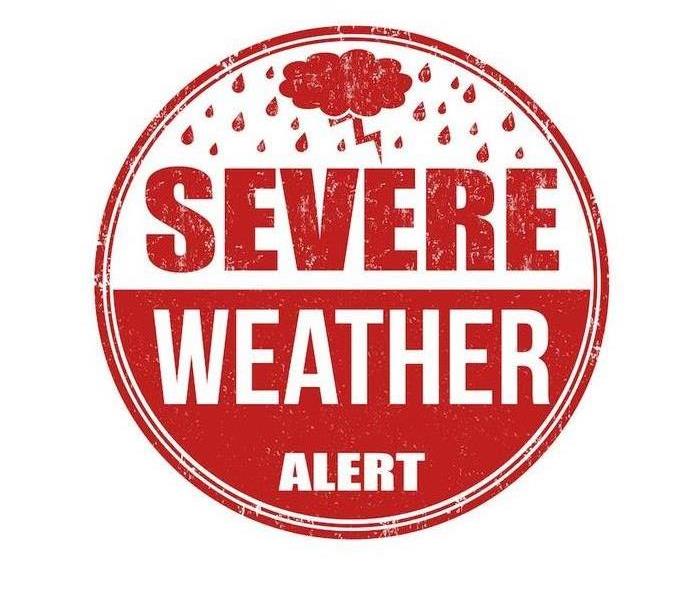Different Types of Storm Alerts | SERVPRO® of East Mission & South Edinburg
7/1/2022 (Permalink)
<h4alerts-are-issued">How Alerts Are Issued
Where do alerts come from? When a forecast is made, how is the storm’s location, duration and strength monitored? There are actually several pieces of information that work together to create and issue alerts.
The entity responsible for both forecasts and issuing weather alerts is the National Weather Service. Around the nation there are six different regional offices and over 100 forecasting offices, which means weather alerts are localized and more accurate. Our weather forecasts come from the office located right here in Brownsville.
The National Weather Service personnel and other meteorologists utilize several different forms of information in order to create a forecast, including sensors, seismic activity, various meters and satellite radar. The type of data used varies according to the type of weather event predicted to occur, but the end result is always to make the most accurate forecast possible.
<h4most-important-alerts-to-understand">The Most Important Alerts to Understand
We all need to understand the difference between a “watch” and a “warning,” as these are two words that will be used in almost every weather situation. Thunderstorms, floods and winter storms are just three examples of weather activity that will almost always have both watches and warnings issued along with them.
When a watch is issued, it will cover a large area and mean that there is potential for a severe storm to move in. You should begin preparing your home and your family and ensure you have a way to continue to receive alerts.
A warning is issued for a much smaller area, typically a town or a county, when a dangerous storm has been pinpointed. When a warning is issued, you should move to safety immediately.
Our subtropical climate means that our winters are mild but our spring and summer come with a wide variety of weather extremes. Our coastal neighborhoods have to prepare for hurricanes and coastal flooding, while the rest of our area needs to always be ready for severe thunderstorms, tornadoes, river flooding and flash floods.
We can also see extreme heat over the summer. Familiarize yourself with the alerts that come along with all of this weather so that you can stay prepared no matter what heads our way.
<h4your-home-during-a-storm">Protecting Your Home During a Storm
The first step to protecting your home and your loved ones is understanding weather alerts when they are issued, but there are a few other preventative steps you can take now to avoid damage later.
Take care of your gutters and secure your outdoor furniture before a storm to avoid flooding damage and wind damage.
Secure a spot in your home as a safe space and keep it stocked with supplies. Create an exit plan for your family for those times when it is not safe to stay in place.
Once the storm is over, walk your property and take any pictures of damage you have received. Make SERVPRO one of your first calls. We are available 24⁄7 and ready to start your restoration fast. As your neighbors, we want to get you back home as soon as possible.
The more you can learn about our Texas weather, the safer you can keep your property and your family. Make sure you are aware of all the different alerts that could be issued and ride out the next storm with ease.





 24/7 Emergency Service
24/7 Emergency Service
